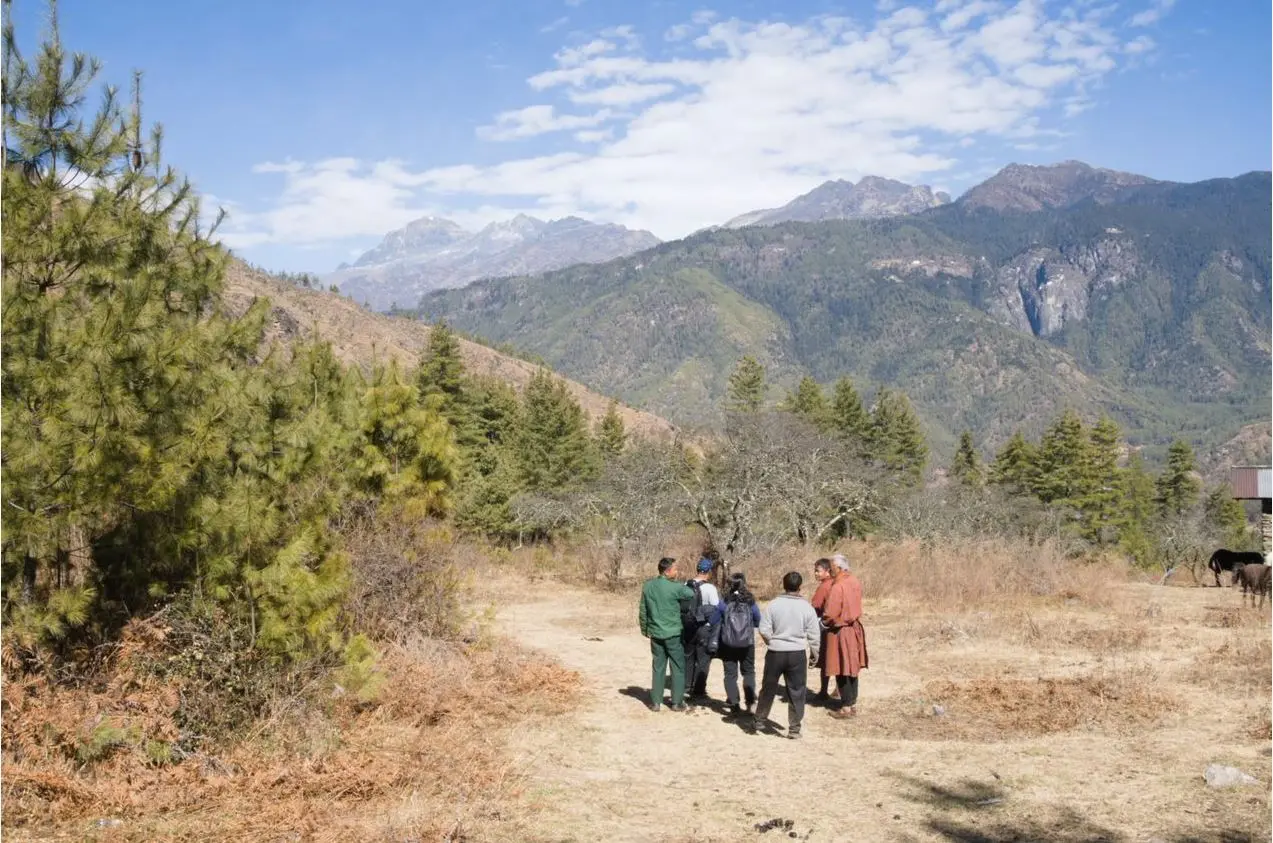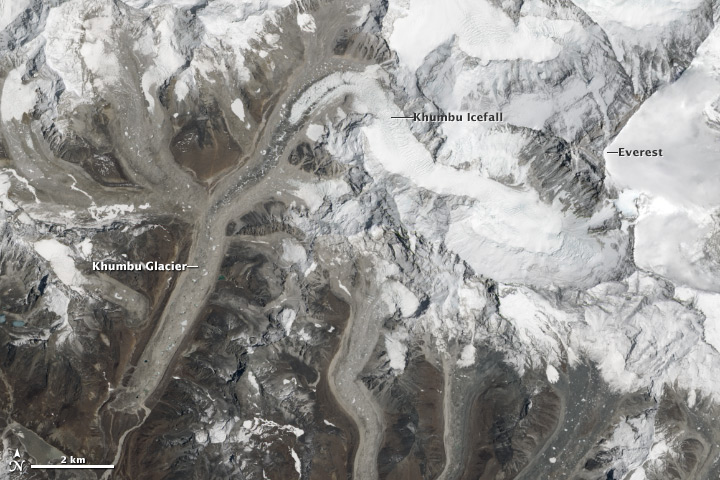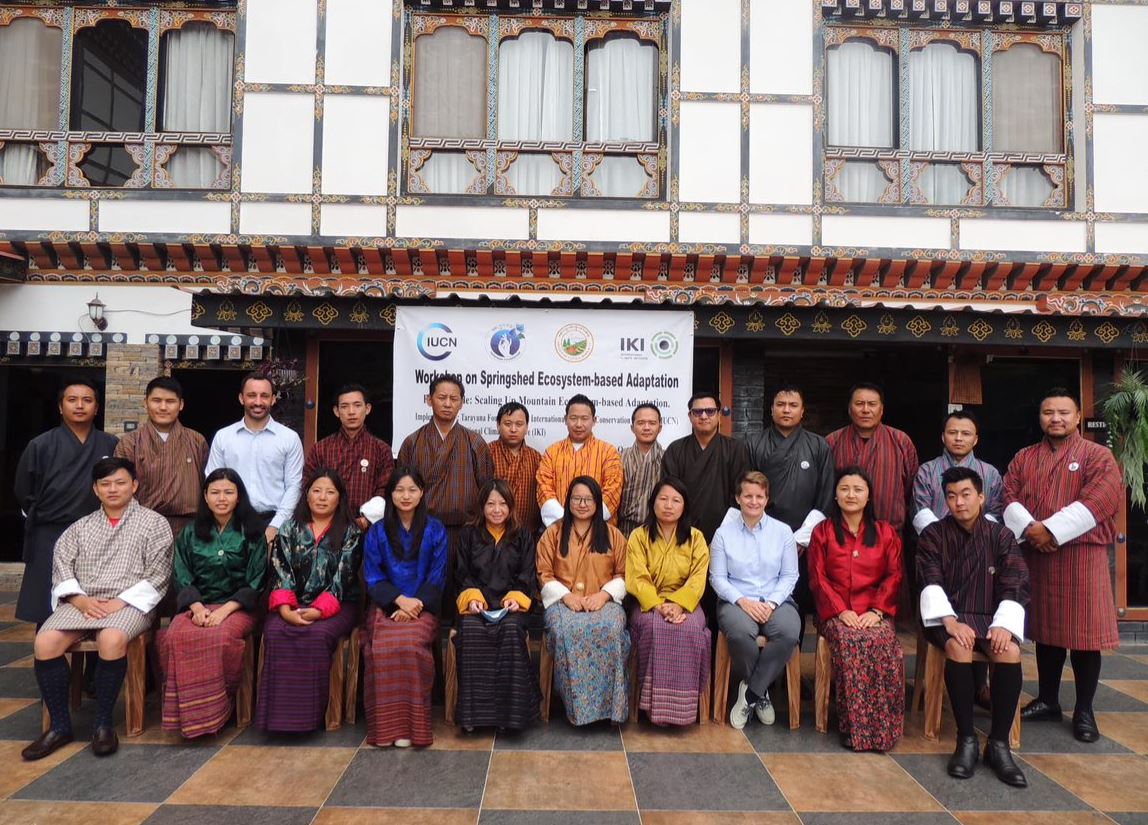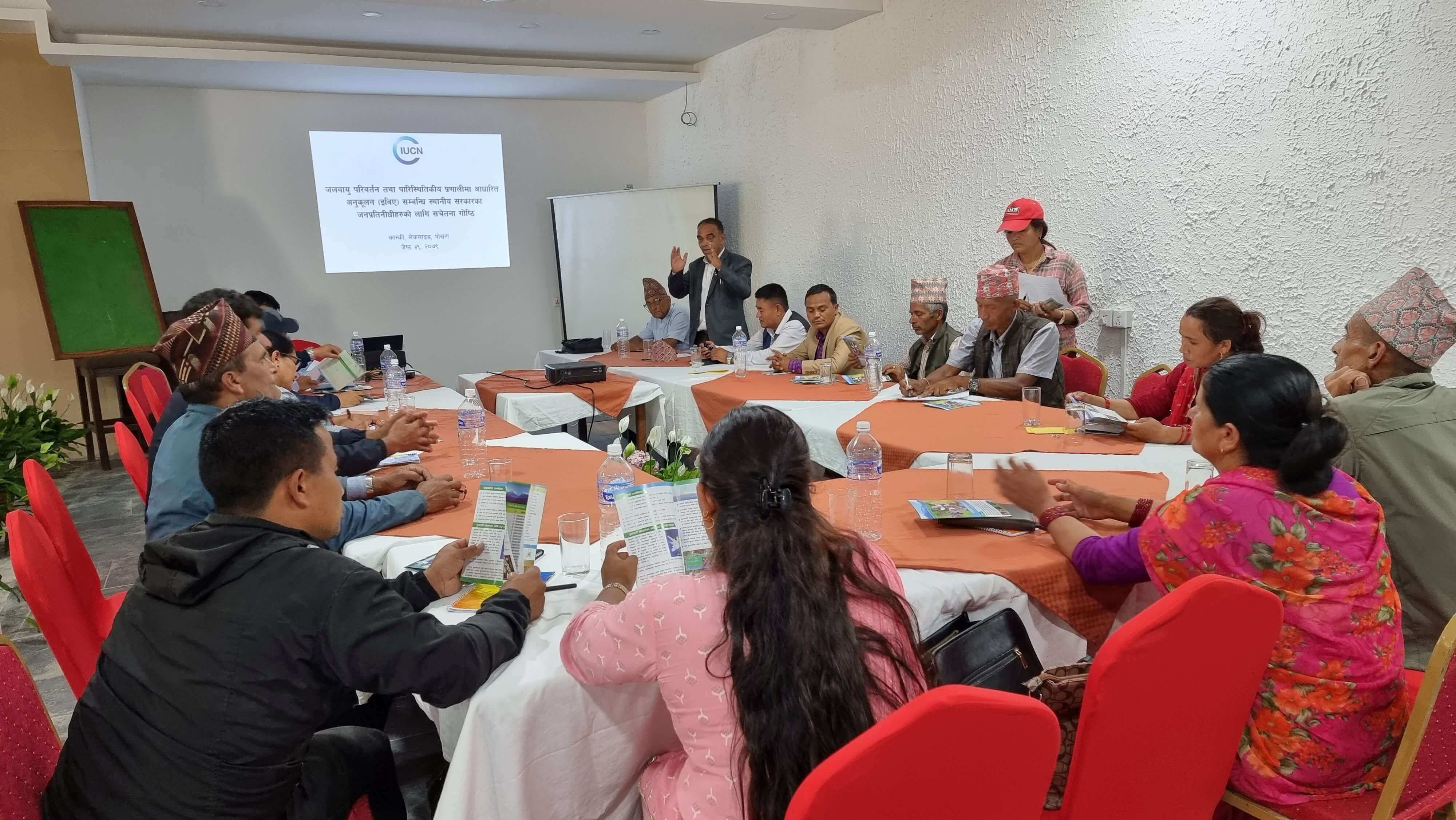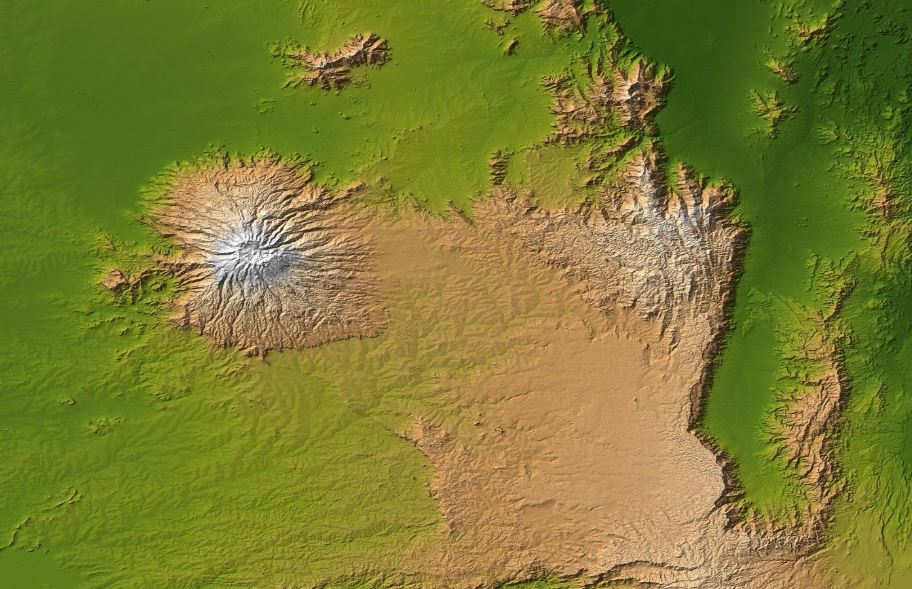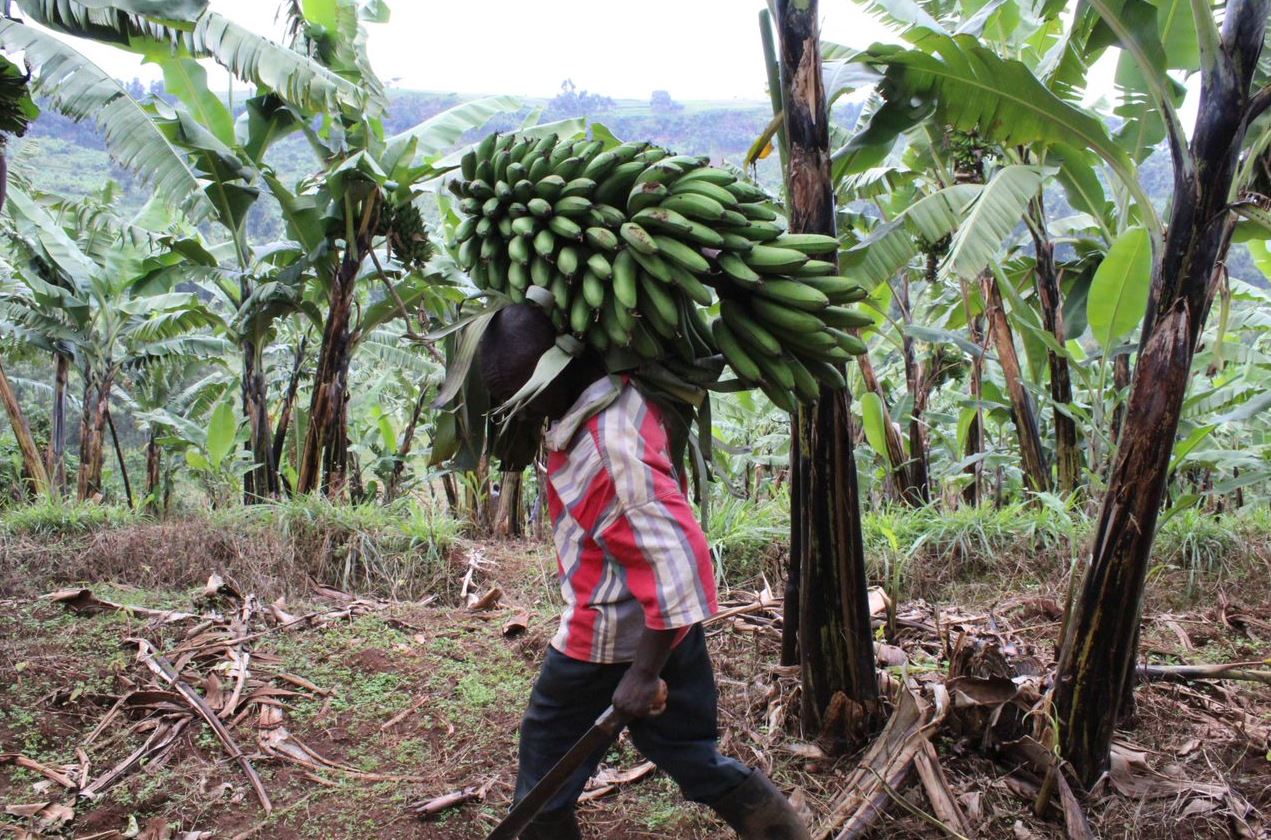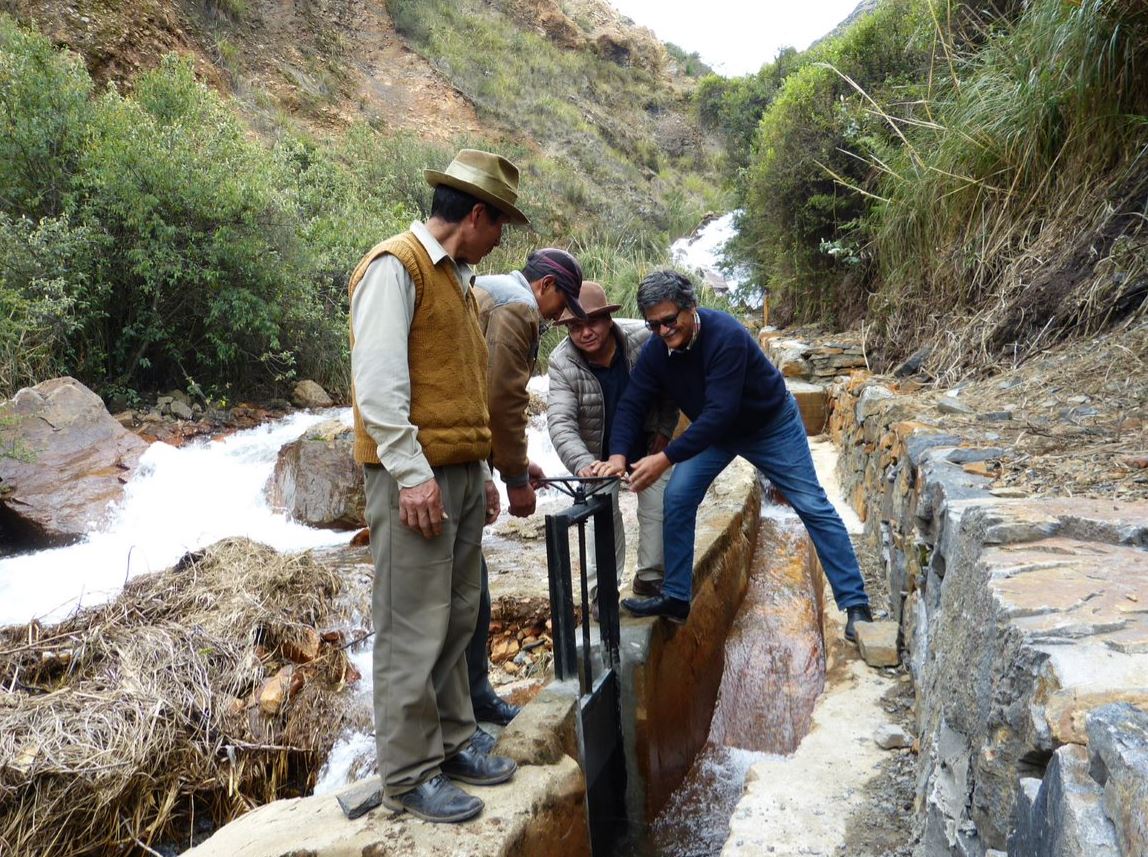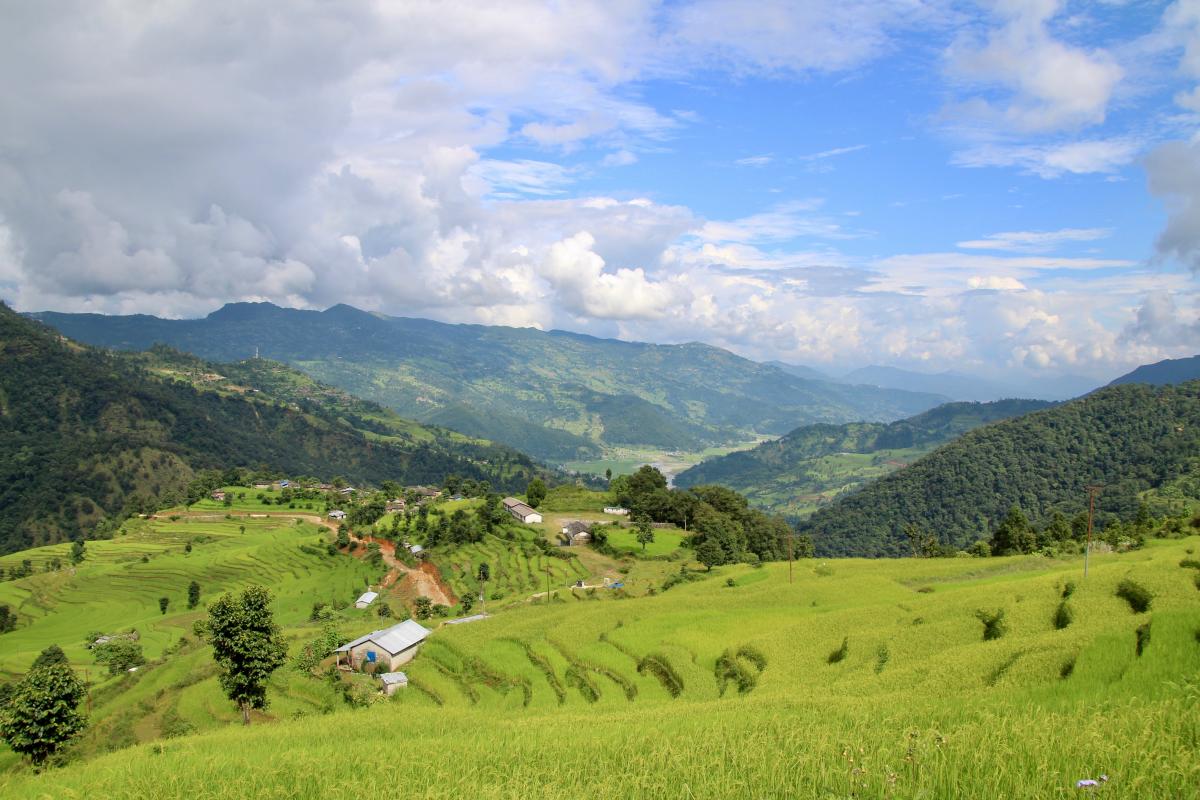Clearly mountain regions and their resident populations need to adapt to a world well on course to experiencing an unfamiliar climate, and the mountain EbA flagship programme called "Global Ecosystem-based Adaptation (EbA) in mountain ecosystems" was initially implemented as a pilot in Nepal, Perú and Uganda. This flagship programme was later scaled up to include Bhutan, Colombia and Kenya. Titled "Scaling up mountain Ecosystem-based Adaptation: building evidence, replicating success, and informing policy", the project aimed to conserve mountain ecosystems and to ensure that they become resilient to the unfortunate yet unavoidable impacts of climate change. For more detailed information on this project and its outcomes, click here.
For effective implementation, it was crucial that mountain communities come together in this programme, not only to adapt themselves but to also make their home ecosystems more resilient. One of the most interesting aspects that always arises out of working with communities is the syncretism that must be achieved between modern technology and traditional knowledge. For the Scaling up mountain EbA programme, the uptake and use of “ancestral technologies” and “traditional knowledge” were considered key takeaways by those involved in implementation, who met for a final time for a workshop in Washington D.C. in October 2022. The implementation teams also knew that it is critical to involve mountain communities within the programme in order to achieve long lasting results.
Mountain communities also played a vital role in infrastructure initiatives. There are certainly benefits in integrating green infrastructure or natural systems with grey infrastructure using conventional engineering to create hybrids. This project initiated certain activities in this regard too, and these were considered to have immense potential by the workshop participants. For example, in the Nor Yauyos Cochas Landscape Reserve (NYCLR), traditional knowledge helped establish green-grey infrastructure by restoring ancestral Yanacancha dams combined with modern infrastructure and technologies.
While the programme continued to employ better communication across various parties, established and strengthened networks, collaborated, formed alliances, and built capacity – all of which yielded positive results – the biggest takeaways for future upscaling were collaborating for green-grey infrastructure. For example, by restoring the ancestral dams as well as using Indigenous knowledge with modern technology, such as in improving soil quality, restoring riverbanks, spring protection, and improving water supply, people had better incomes and more food security.
An interesting and crucial suggestion for the future of mountain EbA that came out of the workshop was the need for more champions, who can promote the importance of mountains and that of EbA. One way to achieve this is through the educational system by making climate change and EbA both a part of individual consciousness from a young age while simultaneously consolidating social organization, understanding conflict levels and promoting effective governance within regions. Working beyond the life of this project, as well as leveraging individual government interest, will certainly be key to any future progress towards making mountains more resilient. Some areas for future work in all the three continents include water availability, food security and poverty with an emphasis on transboundary collaboration.
Challenges for conservation and activities to decrease the impacts of climate change are ever-present. If scaling up is key for the future of mountain EbA, perhaps going bigger and bolder is necessary.

